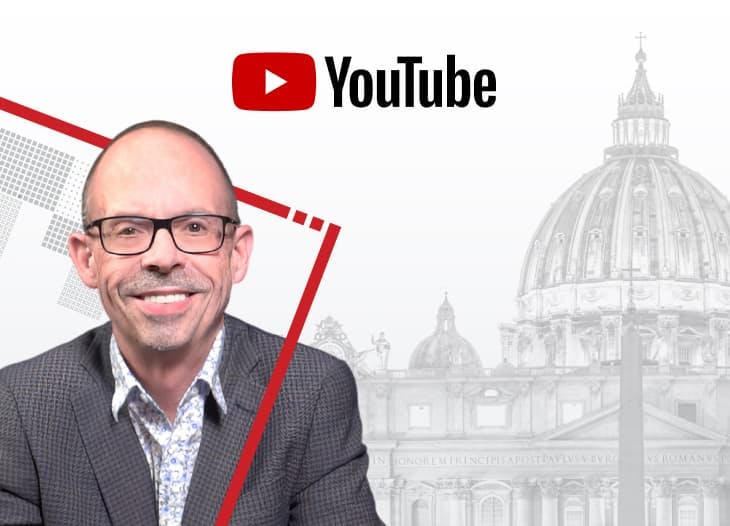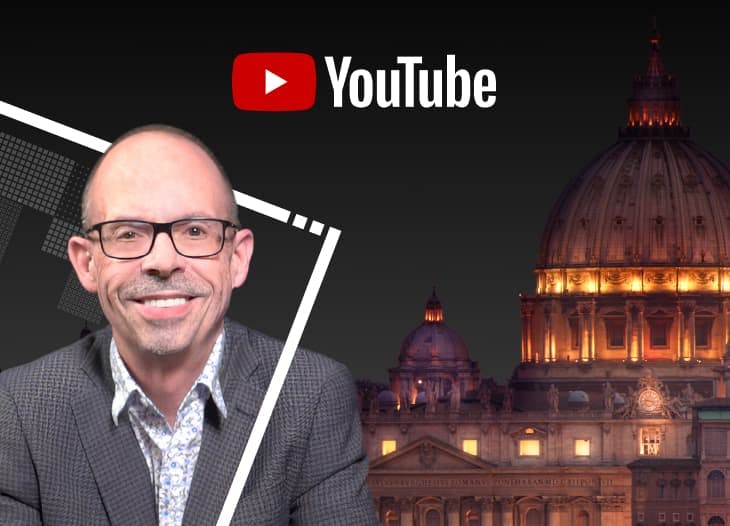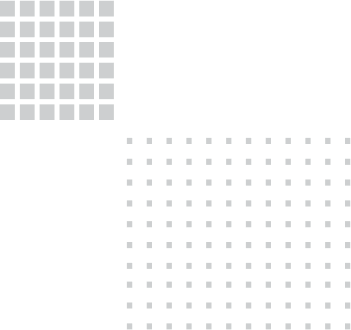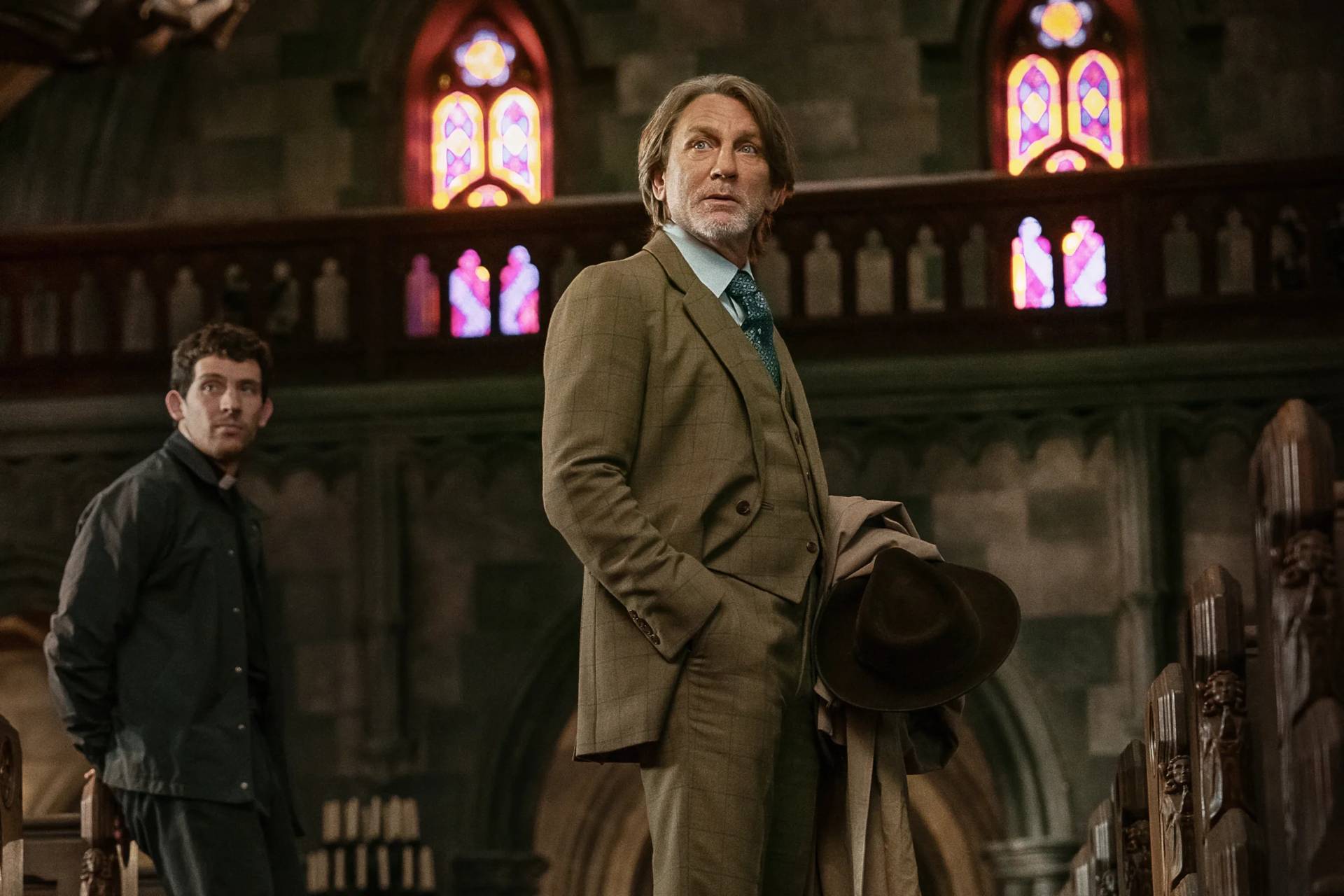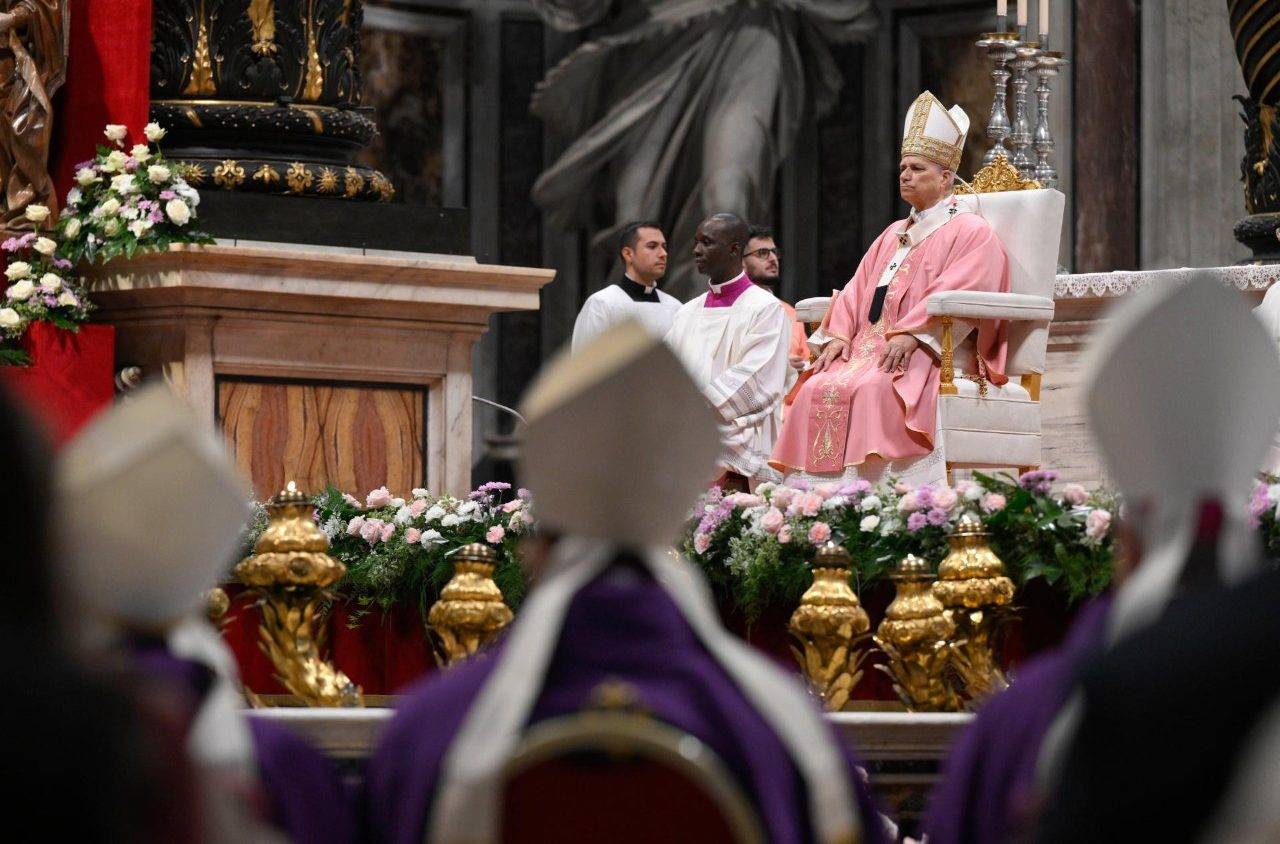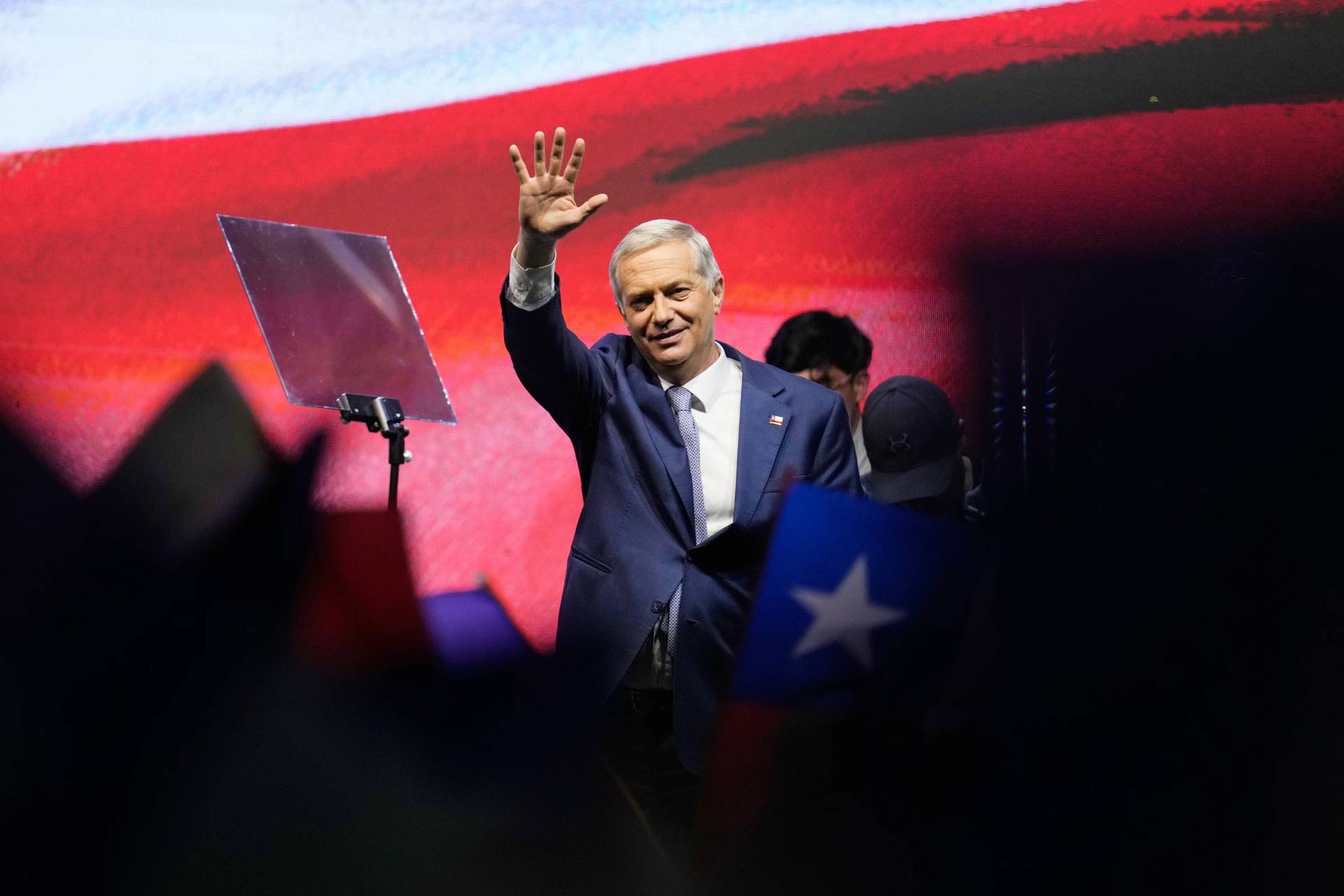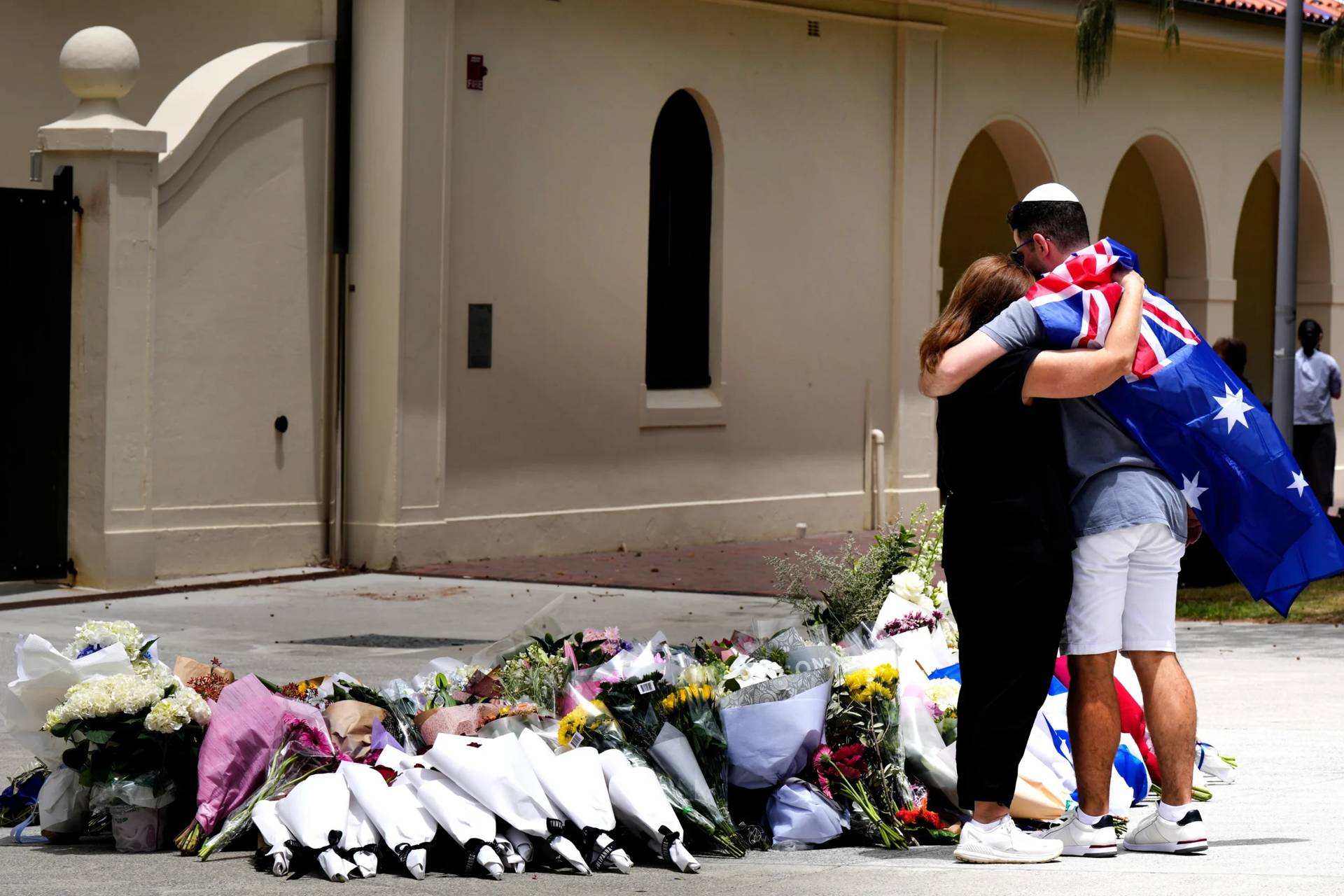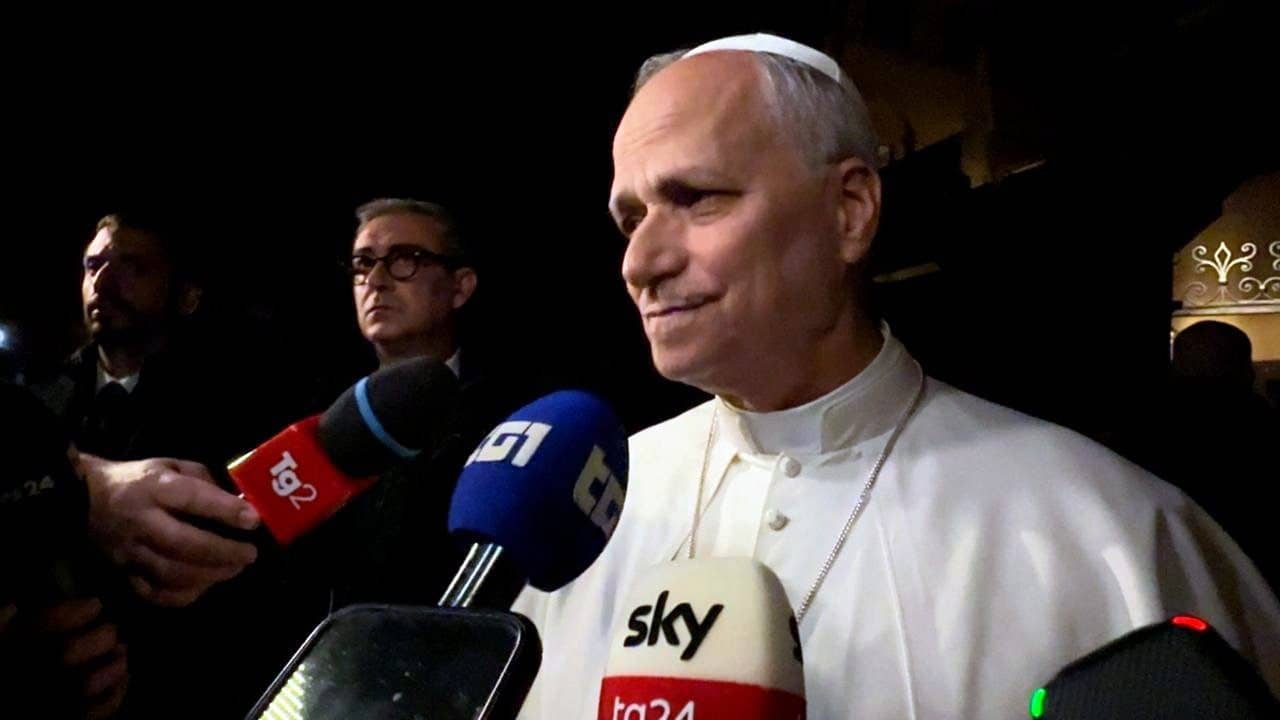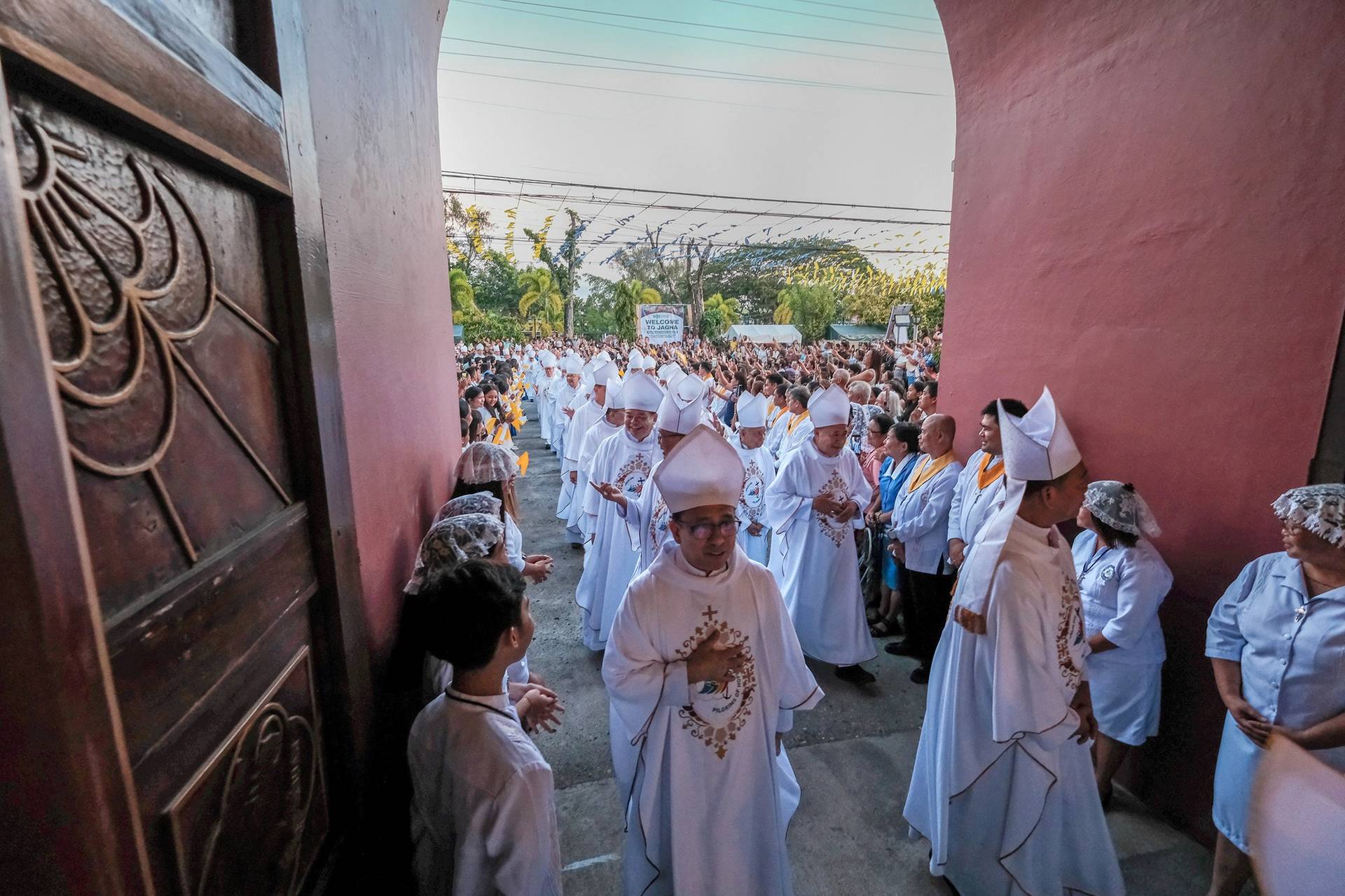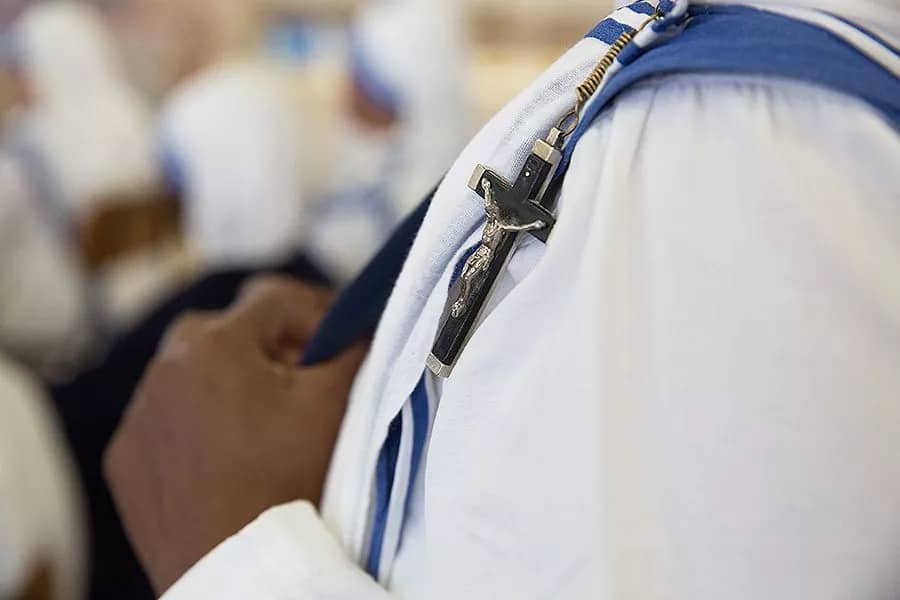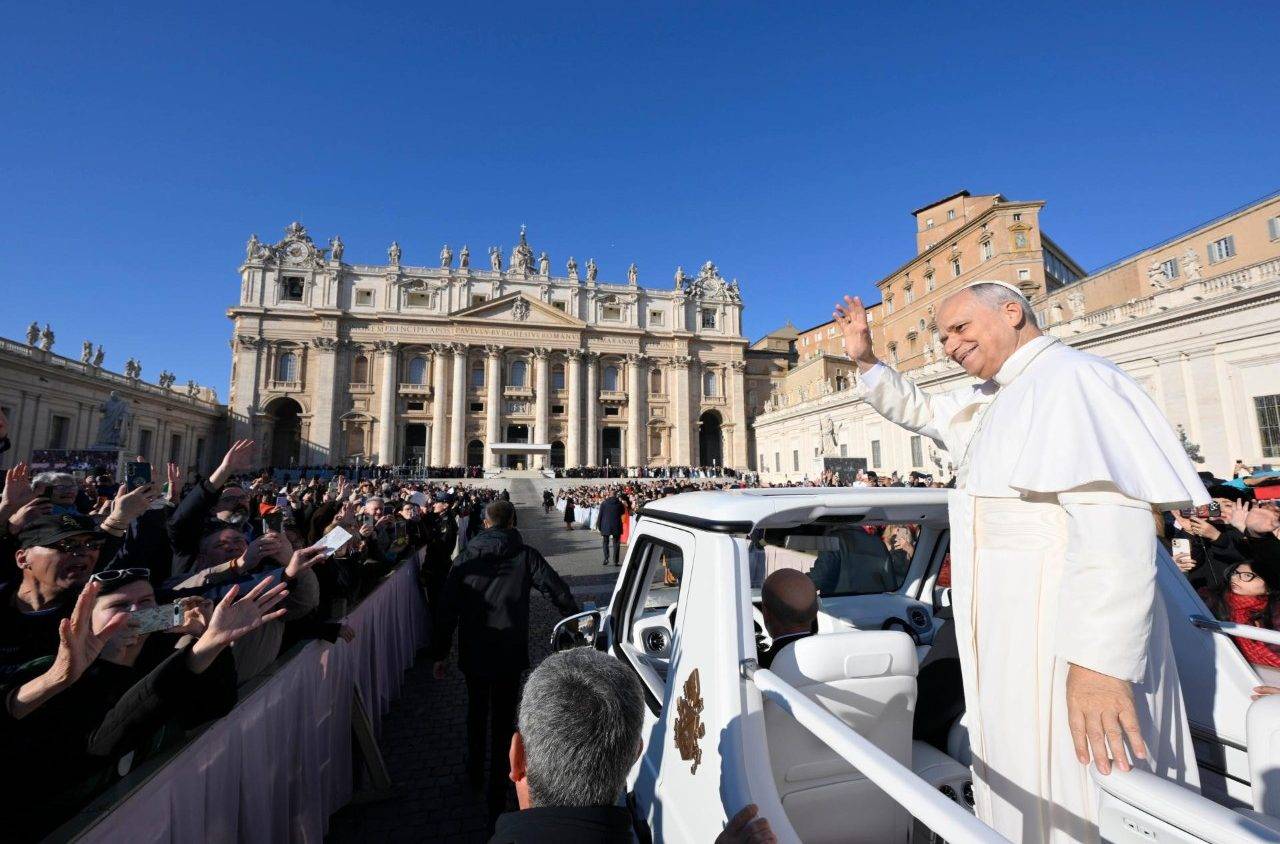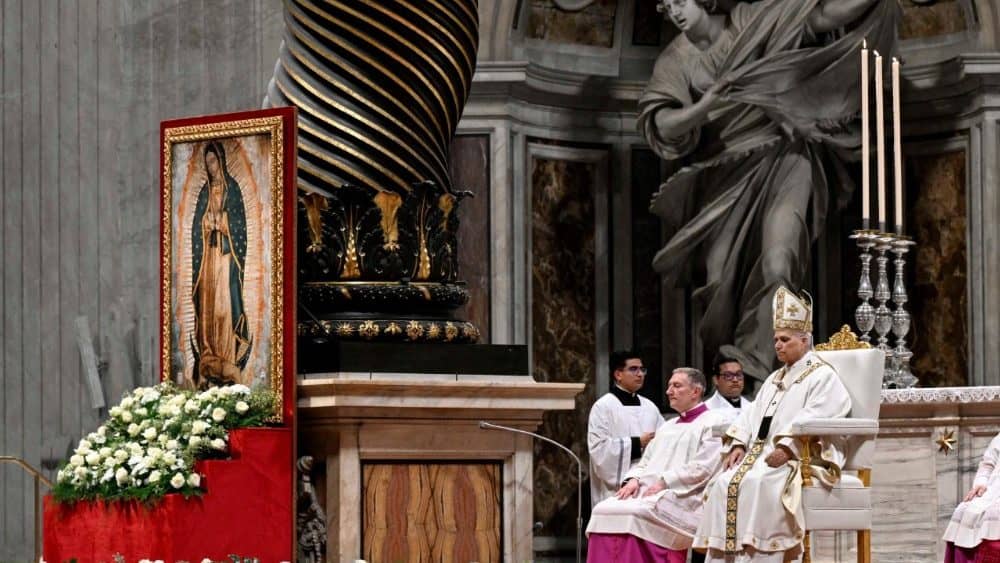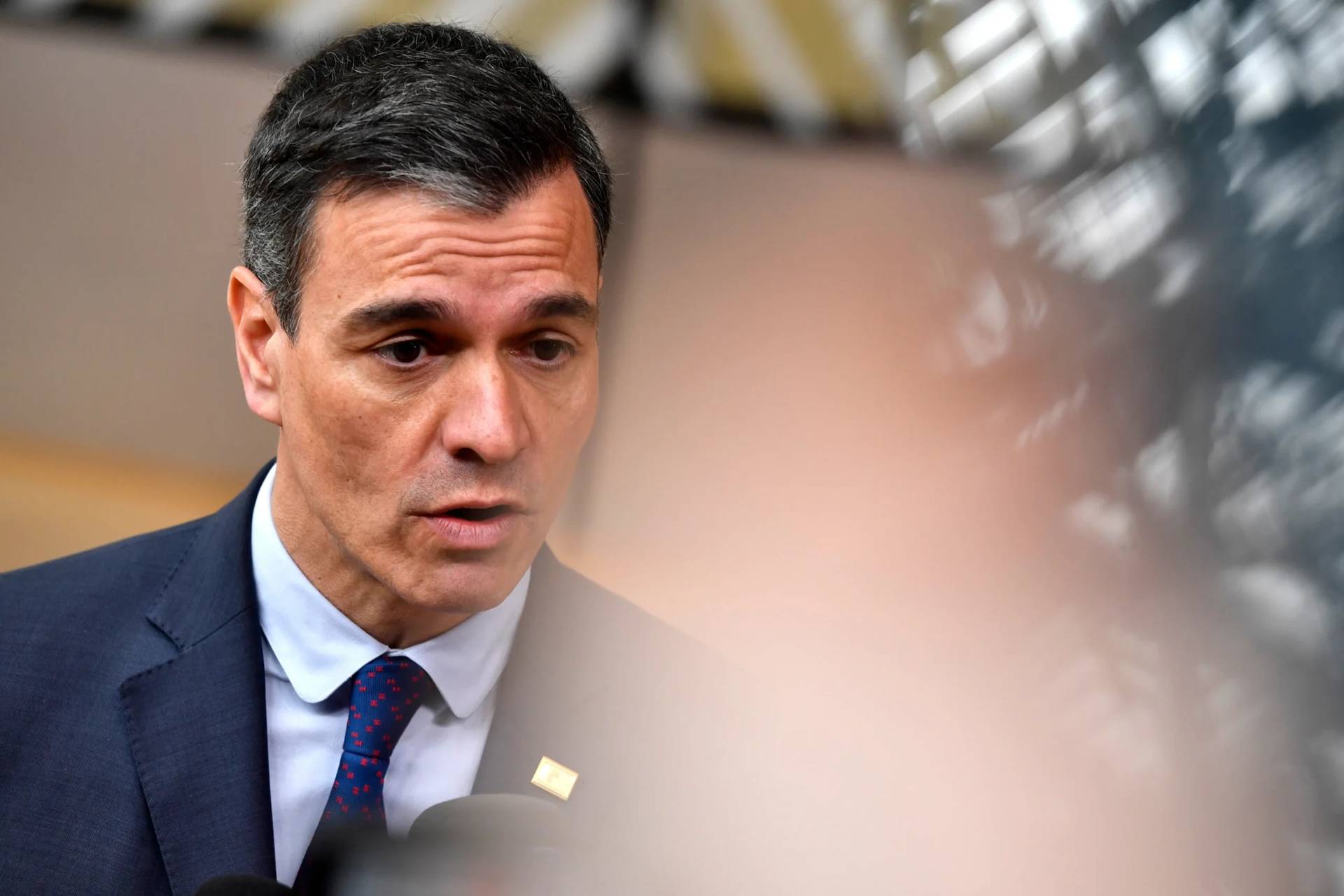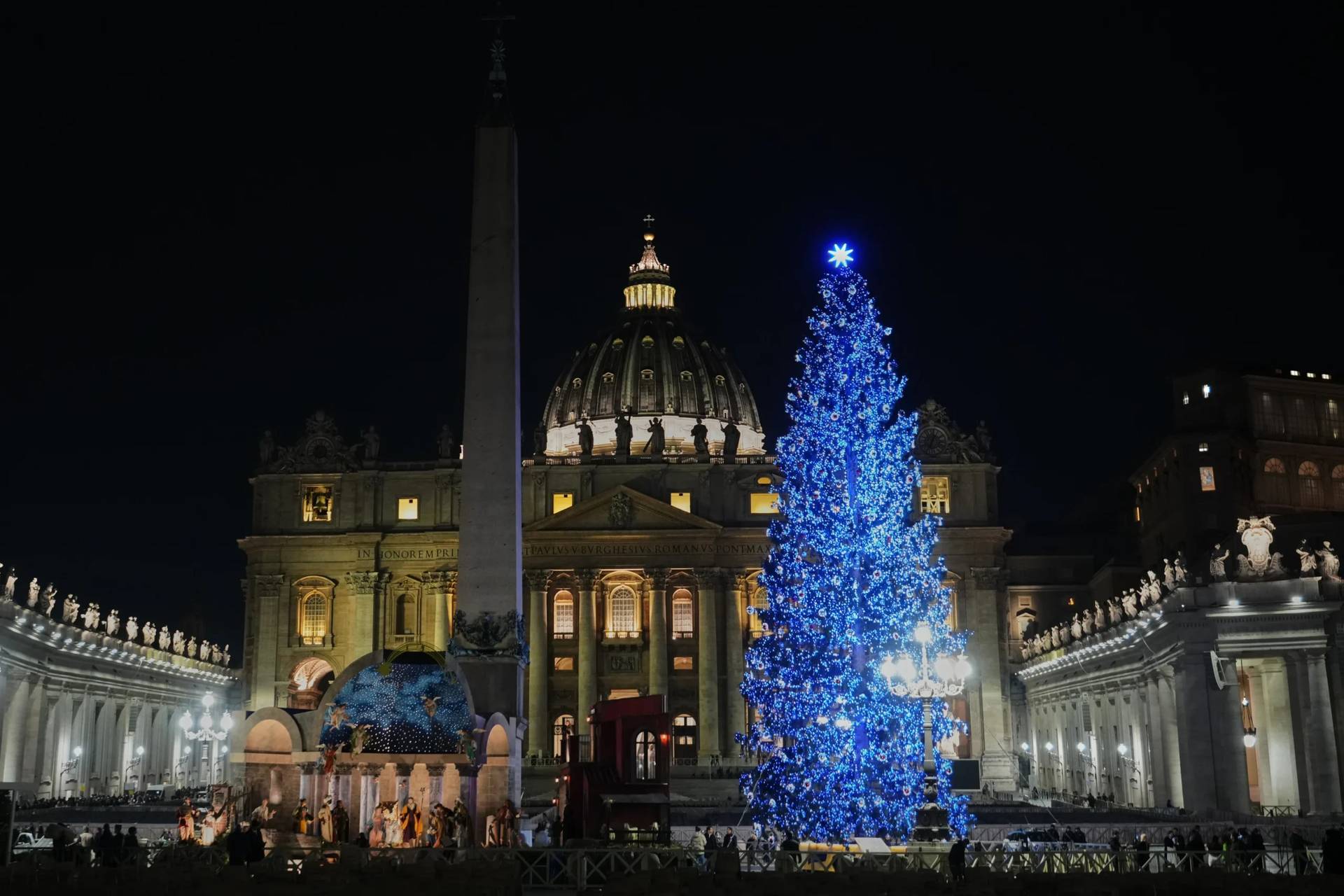I can’t help it. When I’m in Washington, D.C., and I walk past a monument to some brave fallen soldiers, a statue of a brave revolutionary war hero, or a momentous sepia toned document, I’m deeply moved. Like any American, I’m proud to be associated with our country’s historical greatness.
But as a Latino, I know that the history of my forebears is not directly connected to that of those brave Anglo-Saxon Protestants. I admire them, but they aren’t mine.
Imagine my pleasure on my last visit to the Capitol, when I found the statue of the Rev. Junipero Serra. I was so surprised. Here was a statue of a Hispanic hero and soon-to-be Catholic saint. It is the only statue of a Hispanic in the Congress’ National Statuary Hall, sent by the state of California and acknowledging with reverence the contributions of Hispanics and Catholic missionaries. Pope Francis is scheduled to canonize Father Serra during his visit to our country in September.
I identify proudly with Father Serra. My ancestors include Spanish settlers like him who bravely crossed the dangerous ocean to meet an unimaginable future. They also include the natives he met in New Spain, and those who were forcibly brought from Africa.
I admire him. I’ve been lucky enough to visit the beautiful mission of San Juan Capistrano he founded in 1776. It was the seventh of 21 missions founded in Alta California. These were colonial outposts manned by monks and priests dedicated to the Christianization and inclusion of the Native American population. I say inclusion because these Spanish missionaries saw the Indians as sons and daughters of God who deserved to hear and profit from the Gospel message of love and human dignity. Evangelization was the main object, but the missions protected the Indians from colonists who would mistreat them, fostered agriculture, established commerce, and taught the natives animal husbandry. The missions were shelters for indigenous peoples, and helped settle and civilize California.
I’ve also driven the long distances that Serra walked almost 300 years ago, from Vera Cruz to Mexico City and from there through the Sonoran desert to Texas. I’ve lived with the descendants of the natives whose languages he spoke and whose interests he defended. I’ve prayed in some of the churches he labored with his own hands to build. Throughout his life, he was motivated by an intense love of the native people, and though he was plagued by painful varicose ulcers in his legs, he accomplished tremendous physical feats. He tirelessly defended Indian rights against Colonial settlers and navigated the difficult clash of cultures, integrating and preserving popular devotions.
Soon after my visit to the Capitol, I heard (to my great surprise) that there is a movement demanding the removal of Father Serra’s statue. I was, in my innocence, shocked. It turns out that Father Serra does not fall in with the current guidelines of what is to be admired. His desire to share his faith, to evangelize, has been criticized. The good Father has even been (unjustly) accused of contributing to the decimation of the American Indian population which actually happened after 1850, coinciding with the Gold Rush.
For now, there is still a single Hispanic being acknowledged for his greatness in our nation’s Capitol. I hope he won’t be asked to go. Pope Francis is firmly behind him, because he believes that Father Serra was holy and indefatigable in his work of evangelization among the dispossessed and marginalized. Canonizing him will honor the many contributions of Latinos to our diverse American culture, and remind us all that while brave Puritans were settling our Atlantic coast, brave Catholics were hard at work on the other side.
It would be a great shame if political correctness and current liberal orthodoxies succeeded in relegating that beautiful statue to the dustbin. I can just imagine the many Hispanic-American visitors who will miss the thrill of pride I felt when I bumped into that heroic and loving man.
Dr. Grazie Pozo Christie is a policy adviser for The Catholic Association.
